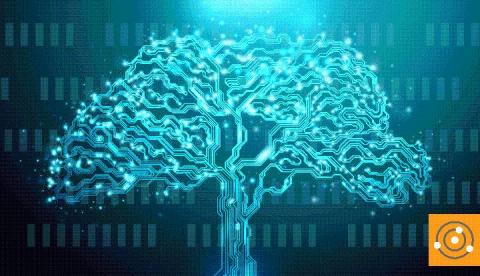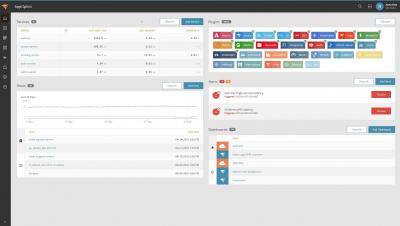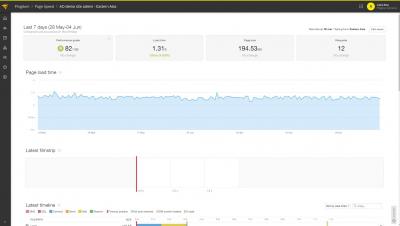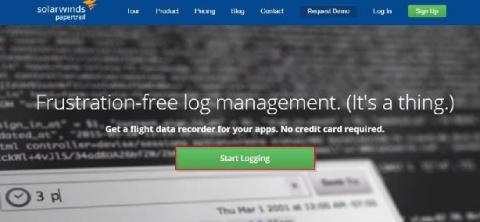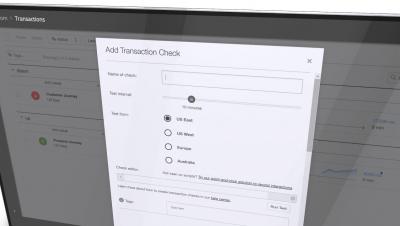CMDB: Your Family Tree of Dependencies
Configuration items (CIs) in the configuration management database (CMDB) stores information regarding the relationships among its assets. IT configuration management is becoming increasingly critical in order to maintain service levels and keep all hardware and software performing at peak levels. In order to maintain those levels, there are a few things to understand about the CMDB, how those CIs are connected, and how their relationships can be used to improve technology services.


